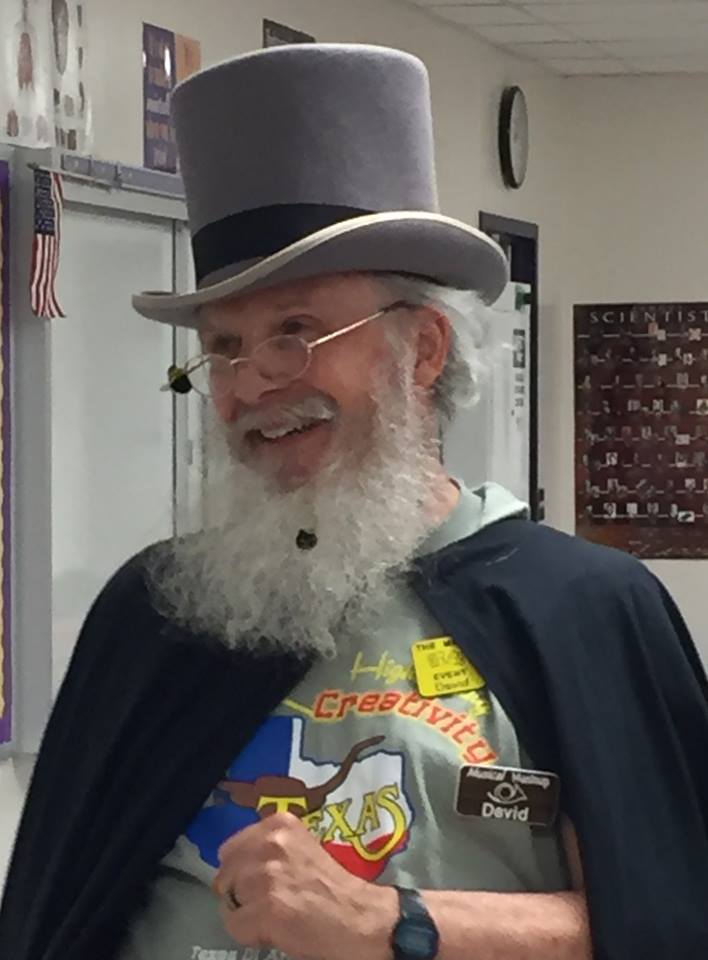Change of Subject Example
“What are you doing there?”
Her voice told me that this was her turf, but her eyes said something else – they were curious, interested, purposeful. Very little got past her, I could tell. Her black robe told me that she was a federal judge.
It’s probably a very good thing that very little gets past her.
“Oh, I was just checking the placement of the lettering in your reception area, Ma’am.”
“You mean you don’t use a straight edge?”
“Oh, certainly, I use a straight edge to start the alignment, but this particular font has capital letters of differing height. The D and the O, for example, have to be centered vertically within the layout and then adjusted so they look right.”
“That still doesn’t explain why you were shaking your head there.” Clearly, she was taking an interest.
“Oh, that! Well, when I’m setting the letters on the door with tape, I’m up close and I lose perspective – at least, I lose the perspective your visitors will have. And if I just back away, focused on what I was working on last, my mental perspective is still stuck there, so I do this ‘change the subject’ thing to get a fresh perspective.”
She smiled a little. “Okay, this I have to hear.”
“Well, it’s a little silly, but look down that hallway, and ask yourself how many ways elephants are handicapped when it comes to shooting marbles.” Just as her face shifted from bemused to puzzled, I added, “Now, look at the lettering – what do you notice?”
She glanced at the letters, and said, “Darn! There was something, and then I lost it. Does it work more than once?”
“Of course! Look at the hall again and think of those paintings of dogs playing poker – what if they were playing bridge? How would it be different?” Another half-second went by. “Now look again.”
She turned her head and exclaimed, “There! The lower case E is – off. How is it off?”
I glanced away, then back. “It needs to go five or six degrees clockwise.” She repeated the look-away twice more and nodded, then returned to whatever it was I had postponed. But when the installation was done, she stepped back out of her chamber and practiced the new skill again before judging my work as good. And not a lot gets past her.
Changing the subject technique
This “changing the subject” technique is not my invention – I learned it while dressing windows for a shoe store – nor is it strictly limited to aesthetic matters. I have been teaching it to Dallas-area students for over 20 years now as a volunteer for Destination Imagination, so they can get quick feedback on their creative solutions to stated problems. I’ve seen fourth-grade boys generate Vegas-class humor, bury it in puerile nonsense, then eliminate the latter by using a subject-changing critique. I’ve seen high school students sort their cognitive leaps out of the background clutter this way. (And I got a federal judge to smile.) The technique is really simple:
- Look away from the central issue
- Think of something completely unrelated (wacky questions do this quickly)
- Look back at a “zoomed out” level to provide context, and
- Notice what the first thing you noticed was. (I say “was,” because the conscious mind almost immediately inserts commentary.)
Note that “simple” doesn’t automatically translate to “easy.” Your subconscious mind is easily invited to the table, but quickly crowded away. Fortunately, repeat invitations will also be honored.
Ultimately, the subconscious will start bringing relevant information to the table without waiting for the invitation – you start having insights into why you tie your shoes a certain way, what it was about that janitor that made you worry about him, even what that tapping noise is when you make a right turn.
It’s been a very useful tool for me over the years, and I’ve enjoyed sharing it with others who say likewise, but I’ll happily let you judge for yourself.
 About David:
About David:
David Lewis is a small business owner in Dallas, a professional Santa Claus, and a volunteer with Destination Imagination. Destination Imagination, Inc. is a leading educational nonprofit dedicated to teaching students the skills needed to succeed in school, their careers and beyond. They do this by developing project-based learning programs that blend STEM (science, technology, engineering and mathematics) education with the arts and social entrepreneurship. Every year the program impacts more than 150,000 students in 48 states and 30 countries. David bicycled across the US, Kenny Rogers once opened a concert for him, and he has never been mistaken for Brad Pitt.







1 comment